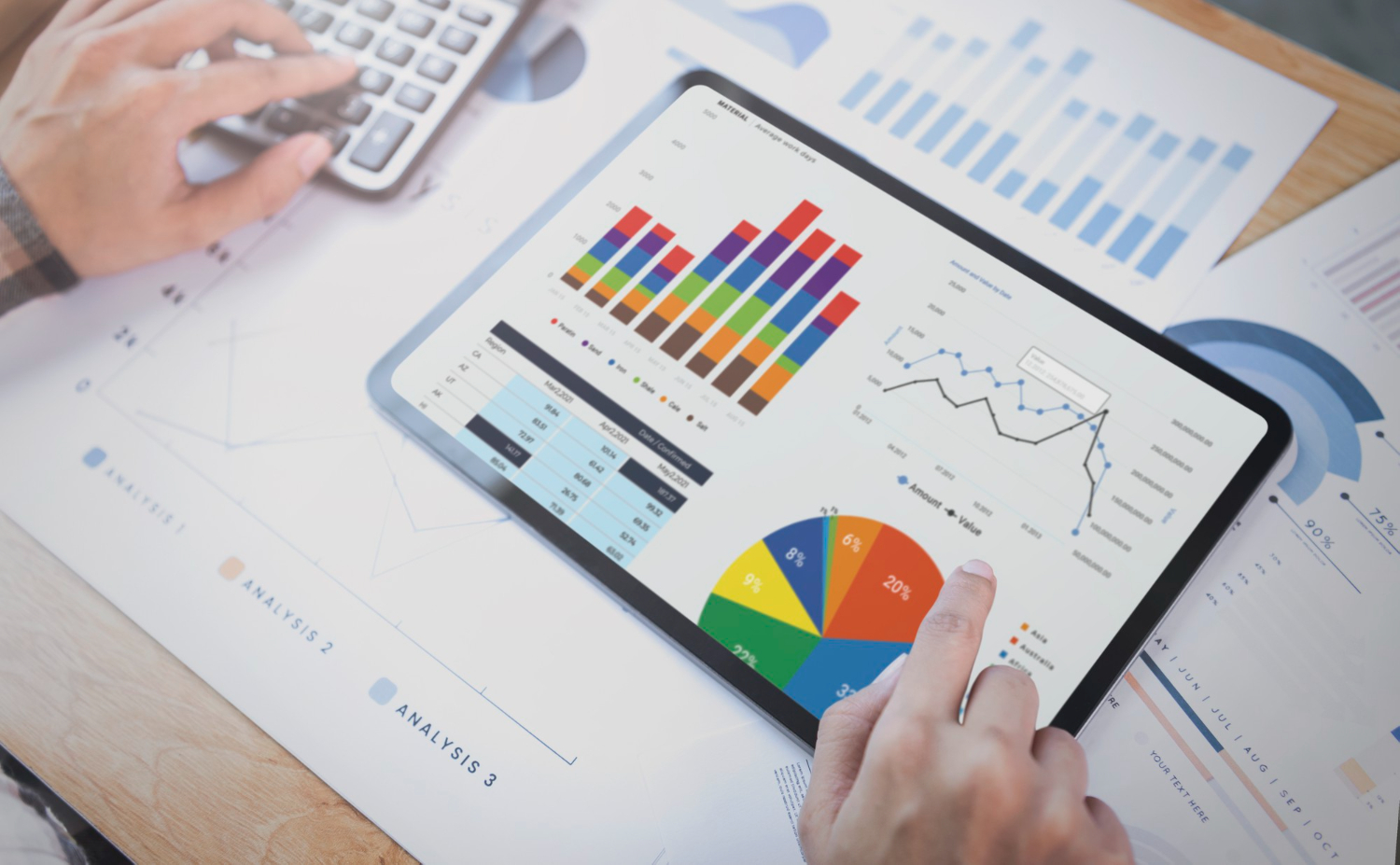Data-driven Market Analysis & Forecasting
Data-driven Market Analysis & Forecasting

Overview
Gen AI in market analysis and forecasting enhances the ability of financial institutions and investors to identify patterns, predict market movements, and make informed investment decisions. By integrating with financial databases, stock exchanges, and economic data sources, these AI-powered market analysis tools analyze historical financial data, market trends, and economic indicators to provide data-driven insights. This approach not only predicts future market trends but also identifies patterns in historical financial data to anticipate fluctuations, enhancing investment decision-making and reducing risks through real-time market analysis.
Key Features:
- Predictive Market Analysis: The AI predicts future market trends by analyzing historical financial data and market trends, enabling investors to make informed decisions.
- Pattern Identification: By identifying patterns in historical financial data, the AI helps anticipate market fluctuations, supporting proactive risk management strategies.
- Real-Time Market Monitoring: The AI continuously monitors market trends and economic indicators, providing real-time insights that support timely decision-making.
- AI-Driven Forecasting Models: The AI uses machine learning models to generate predictions that help investors and institutions optimize portfolio management and risk management strategies.




Benefits
The use of Gen AI in Market Analysis and Forecasting offers several benefits to financial institutions and investors:
- Predicts Future Market Trends with Data-Driven Insights: By analyzing vast amounts of financial data and market trends, the AI provides accurate predictions of future market movements, enabling investors to make informed decisions.
- Identifies Patterns in Historical Financial Data to Anticipate Fluctuations: The AI detects patterns in financial data, helping investors anticipate potential market fluctuations and adjust their strategies accordingly.
- Enhances Investment Decision-Making for Banks and Financial Institutions: By providing actionable insights and predictions, the AI supports informed investment decisions, enhancing the effectiveness of financial strategies.
- Reduces Risks by Providing Real-Time Market Analysis: The AI continuously monitors market trends and economic indicators, providing real-time insights that help reduce risks associated with market volatility.
- Improves Portfolio Management with AI-Driven Forecasting Models: By using machine learning models to generate predictions, the AI helps investors optimize portfolio management and risk management strategies, ensuring that investments are aligned with market conditions.
- Competitive Advantage: Financial institutions that use Gen AI in market analysis and forecasting can differentiate themselves by offering more informed and proactive investment strategies, attracting and retaining more investors.
Implementation
Implementing Gen AI in Market Analysis and Forecasting involves integrating AI-powered market analysis tools with financial databases, stock exchanges, and economic data sources. Here's how it works:
- Integration with Financial Databases and Stock Exchanges: The AI is connected to comprehensive databases containing historical financial data, market trends, and economic indicators.
- Analysis of Market Trends and Economic Indicators: The AI continuously monitors trends and analyzes macroeconomic indicators to identify patterns and predict market movements.
- Use of Machine Learning Models: The AI uses machine learning models to generate predictions that help investors and institutions make data-driven decisions.
- Real-Time Insights and Alerts: The AI provides real-time insights and alerts to support timely decision-making, enabling investors to respond quickly to changing market conditions.
- Continuous Learning: Over time, the AI learns from market data and user feedback to refine its predictive models and improve the overall effectiveness of market analysis.
- Performance Monitoring: The AI continuously monitors market performance and adjusts its algorithms to ensure that predictions remain accurate and effective.




Example Scenario
A financial institution uses AI algorithms to analyze vast amounts of financial data and market trends. The AI identifies patterns in stock price movements and predicts potential market fluctuations, helping investment managers adjust portfolios and optimize risk management strategies. This proactive approach enhances decision-making and supports strategic planning, ensuring that investors can navigate market volatility effectively.

Future Developments
Integration with Predictive Analytics
The AI could be integrated with predictive analytics tools to forecast future market trends and potential risks, enabling proactive planning and risk management.
Enhanced AI Capabilities
Further advancements in AI could enable the system to analyze more complex financial data, such as geopolitical events or technological trends, providing deeper insights for investment decisions.
Expansion to Other Financial Services
The technology could be adapted to assist with financial planning, wealth management, and risk assessment, ensuring comprehensive support across all financial services.





















